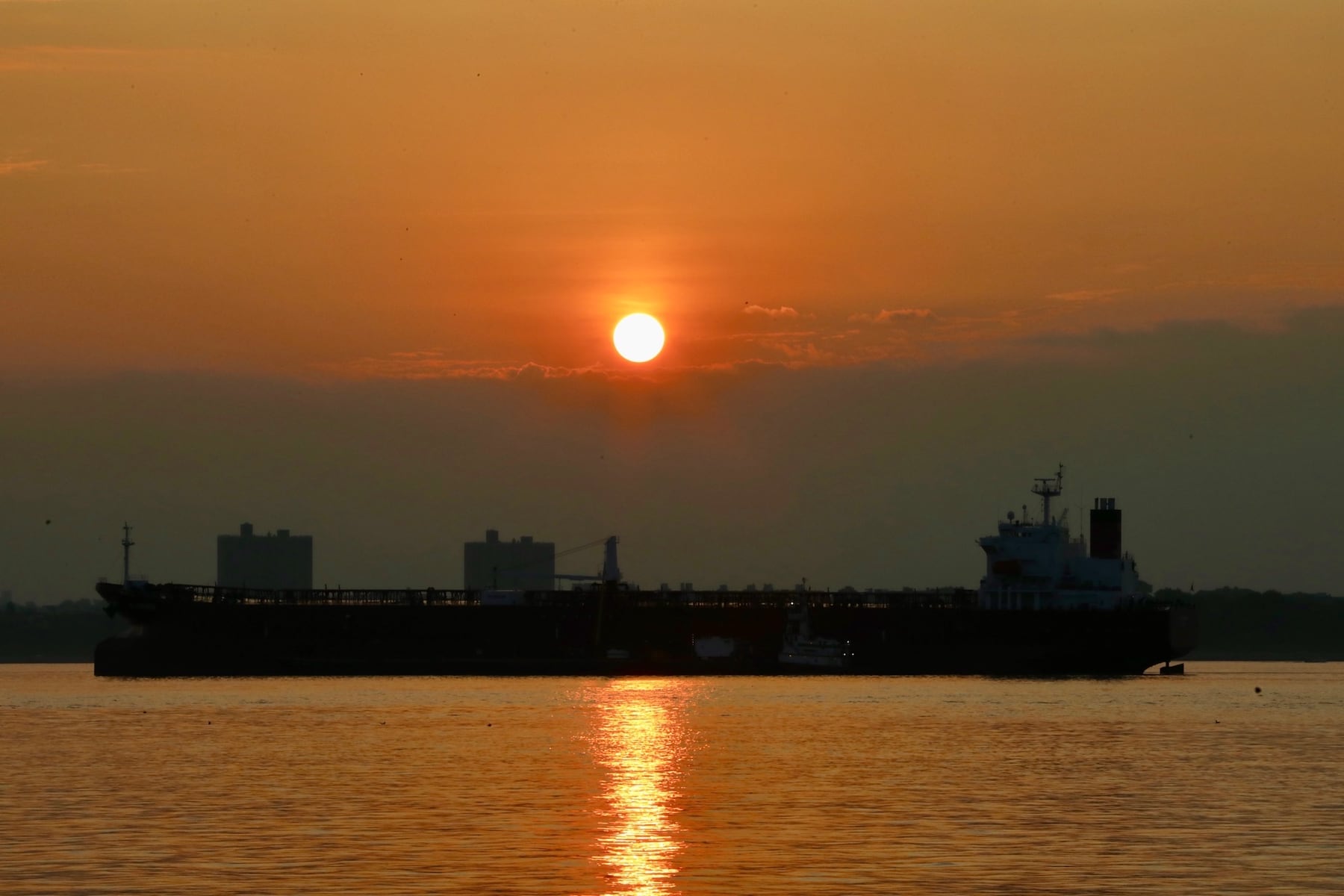New York City is bracing for a significant weather event as a comprehensive flood watch NYC has been issued across the entire metropolitan area, signaling the potential for widespread disruption and hazardous conditions.
Meteorological forecasts indicate that the most intense rainfall is anticipated to unfold between Thursday afternoon and early Friday morning, presenting a critical window where the city’s infrastructure will be put to the test. Residents are urged to prepare for a prolonged period of moderate to heavy rain warning, which could rapidly escalate into flash flooding scenarios.
Experts project cumulative rainfall totals to range from 1.5 to 3 inches across various parts of the region, with isolated pockets potentially experiencing a more extreme deluge of up to 5 inches. These substantial figures underscore the severity of the NYC weather alert and the need for proactive safety measures.
A primary concern for authorities is the potential for rainfall rates exceeding 2 inches per hour, a velocity that dramatically increases the risk of urban flash floods. Such rapid accumulation can quickly overwhelm drainage systems, rendering low-lying areas and known flood-prone streets impassable and dangerous.
The driving force behind this impending precipitation is a combination of a stalled cold front and a developing low-pressure system, which are converging to create ideal conditions for sustained and intense downpours across the Eastern Seaboard. This atmospheric setup ensures a continuous feed of moisture into the region.
Staten Island, in particular, has been singled out as an area under considerable threat, with its flood watch extending through Friday afternoon. The borough’s topography and existing drainage challenges make it particularly vulnerable to the Staten Island weather system’s impact, necessitating heightened vigilance from its residents.
Beyond Staten Island, the entirety of New York City and its five boroughs are expected to contend with similar challenging conditions. The inherent density and expansive impervious surfaces of urban environments mean that even moderate rainfall can quickly lead to significant New York City flooding, impacting transportation, daily commutes, and public safety.
Emergency services are advising all citizens to stay informed through official channels, avoid unnecessary travel during peak rainfall, and never attempt to drive or walk through flooded streets. Preparedness is key to minimizing risks during this potentially hazardous weather event.






Leave a Reply